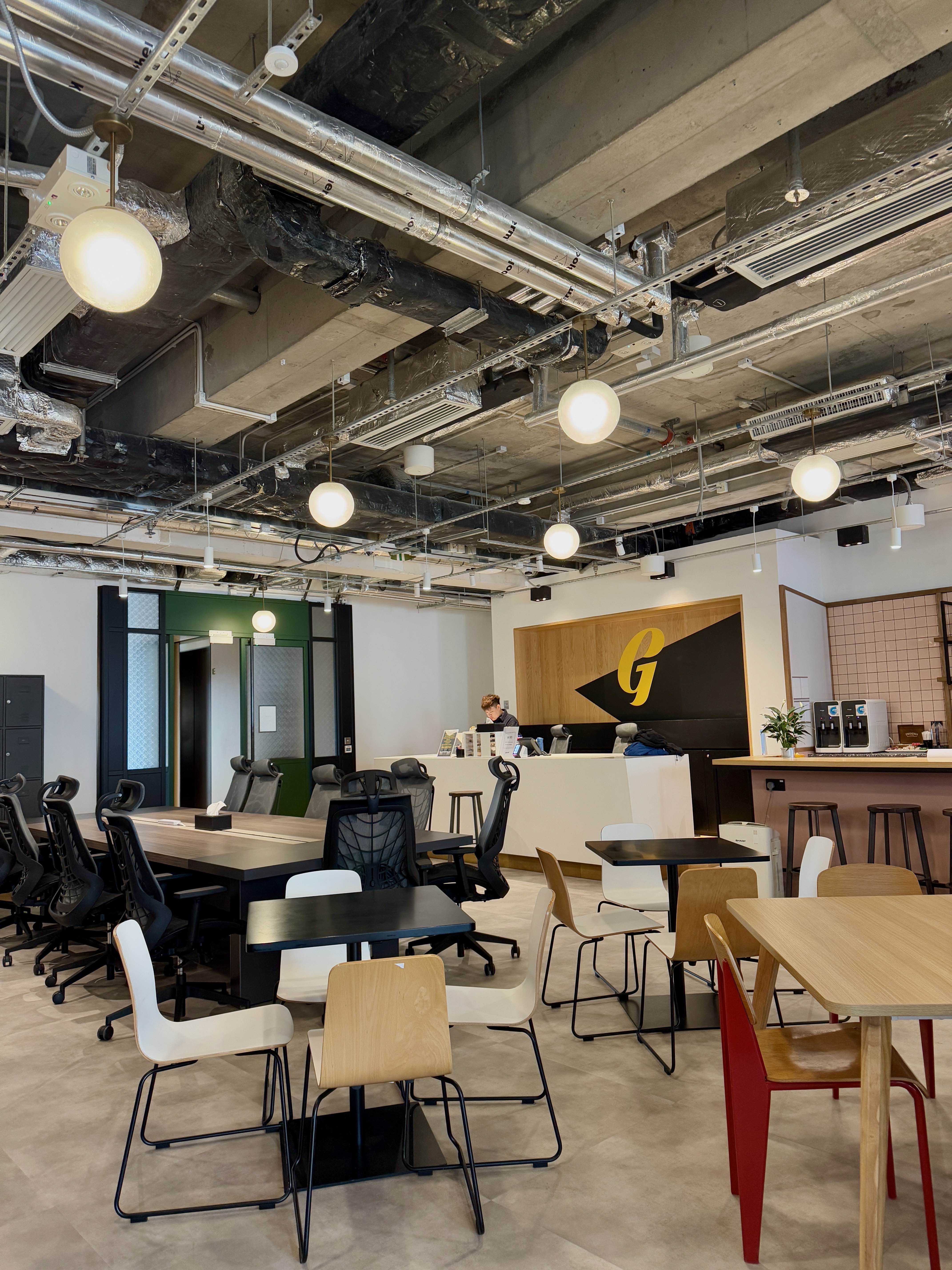LOCATIONS
Hong Kong
-
Facebook
-
LinkedIn
-
Instagram
-
Youtube
Social responsibility has become an integral focus of the professional world in recent years. Aside from its moral significance and potential to impact the local community, the benefits of volunteering in relation to employee satisfaction and retention cannot be understated.
Social responsibility has become an integral focus of the professional world in recent years. Aside from its moral significance and potential to impact the local community, the benefits of volunteering in relation to employee satisfaction and retention cannot be understated.
In fact, a number of studies have shown volunteering to have a profound impact on employee engagement, health, and sense of purpose. Individuals have reported lowered stress levels, better emotional, mental & physical health, and a deeper connection to one another and the local communitythrough volunteering opportunities.
In fact, Deloitte found that 70% of 21 - 35-year-olds “strongly favour companies that are committed to the community.” Wth Millennials taking up more than half of the workforce by 2020, companies need to take notice of their desire to work for organisations that want to make a difference. Needless to say, facilitating a culture of wellness and social responsibility benefits the company too, as it directly links to employee retention.
Keep reading as we share tips on how you can introduce volunteering programmes to your company, increase participation, and develop a culture of giving back that will keep reaping rewards for years to come.
Choosing the right cause
The first thing to consider is how the cause or organisation aligns with your business and its values, and how it will fit into what the community needs. For example, if your company is in the creative industry, then teaching art classes could be a great choice. A good way to gauge how employees will response to these initiatives is to simply ask them for send out a survey. Do they want to participate in outdoor activities? Do they want to work with people? Ultimately, the aim is to enhance employee identification for the company they work for by emphasising that there’s more to the work they do than financial success.
Understand your resources
Every company is different in terms of how much resources they can devote to a volunteering programme; the importance is not the amount, but choosing a programme that is suitable to the amount you can contribute. For instance, if your company demands a very rigid schedule, then a programme that requires a significant amount of community presence is probably not the best choice. If your company is more flexible, then it might be worthwhile to consider working with more than one organisation, so employees can choose based on the cause they feel the most strongly about.
Provide perks
It’s crucial to put your money where your mouth is when it comes to social responsibility, which means the company needs to show its commitment through providing incentives for employees to take part. For example, allowing employees to take a day off every month to volunteer is an option (not forcing them to commit time outside work reflects the company's dedication). Once that’s in place, all newcomers should be made aware of these benefits, so the talent you attract can be on the same page when it comes to your company’s values and mission.
Make it visible
When comes to social impact initiatives, it’s important to involve the entire team, and make sure all details are effectively communicated across the board. This not only maximises engagement, but also lends to a stronger sense of teamwork and buy-in. Aside from using cross-team communication, it’s also important to incorporate the initiative into onboarding / the staff handbook, so everyone understands its relevance to company culture from the start. Hosting a kickoff event is a great way to introduce the campaign, which also gives the team an opportunity to share their thoughts.
Make it easy
The key here is to structure the programme. so everyone has the opportunity to participate regardless of their schedules. Work with an organisation that allows for flexibility in terms of participation (e.g. open for volunteers 7 days a week, allows for last minute sign-ups, etc.) will ensure that one is ever excluded from taking part. Also, keeping the signup process simple and organised will also encourage participation, and reflect the company’s commitment to the programme.
Know your team
Volunteering is a great way for the team to learn how to better work together outside of an office environment, and helps them to create more intimate bonds with one another. But even before you get to that step, the management team should put in the effort to personally get to know each individual in terms of their hobbies, interests, and life outside work. This way, you’re more able to structure a volunteering programme that’s catered to the strengths on your team. For example, if you have a lot of foodies, then cooking for a local food bank could be a good place to start.
Learn new skills
Aside from the previously mentioned benefits to health and morale among your employees, volunteering is also a great way for the company to extend staff training and skill-sharing beyond the workplace. For example, allocating certain staff to organise and look after a volunteer day is a great way to help them develop leadership skills. If you have staff with technical roles, setting up a programme for them to teach these skills to, for instance, underprivileged groups is not only fulfilling, but an effect way to further develop these skills.
Keep it engaging
There’s no point in developing a volunteering programme if it’s not something your employees want to take part in. Try to organise events and activities that deviates from the normal routine of work, and allow for employees to explore new relationships and try new things. For instance, working with children or the elderly is always meaningful for young professionals, and offers new perspectives for their personal life. Also, asking them to invite friends and family is another way to facilitate engagement and maximise value for the community.
 Garage Blog
Introducing Garage Society's Newest Premium Workspace at Tower 535 Causeway Bay
Garage Blog
Introducing Garage Society's Newest Premium Workspace at Tower 535 Causeway Bay
We're thrilled to announce the opening of our newest Garage Society location in the heart of Hong Kong's most dynamic business district!
Garage Society Causeway Bay brings our signature blend of community, innovation, and premium workspace to Causeway Bay's prestigious commercial hub.
 Garage Blog
From Flat White to Flexspace - The Best Coffee Spots Near Garage Society Locations
Garage Blog
From Flat White to Flexspace - The Best Coffee Spots Near Garage Society Locations
Looking for the perfect cup of coffee to fuel your workday?
Members enjoy free coffee 24/7 in our spaces, but sometimes they need a change of scenery (or bean!). That's why we've compiled this guide to our members favourite independent coffee shops near each Garage Society location!
Whether you're a dedicated hot desk member or just exploring flexible workspace options, stay caffeinated and inspired with our picks below: